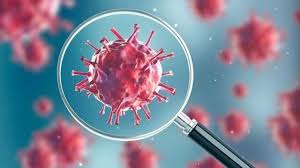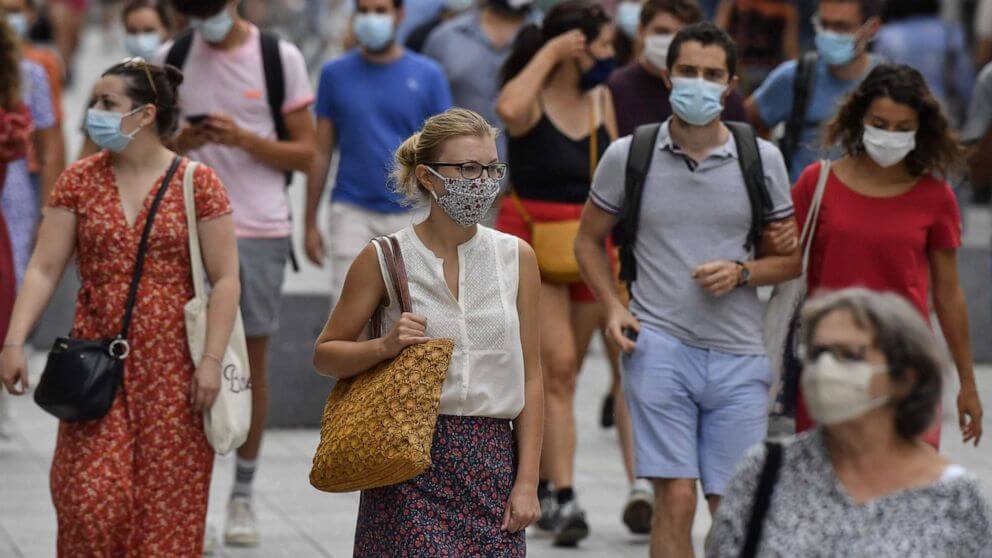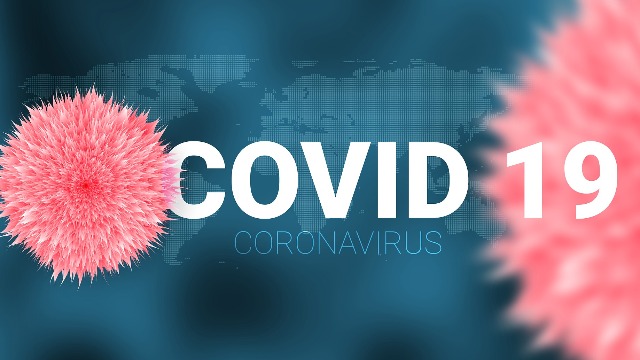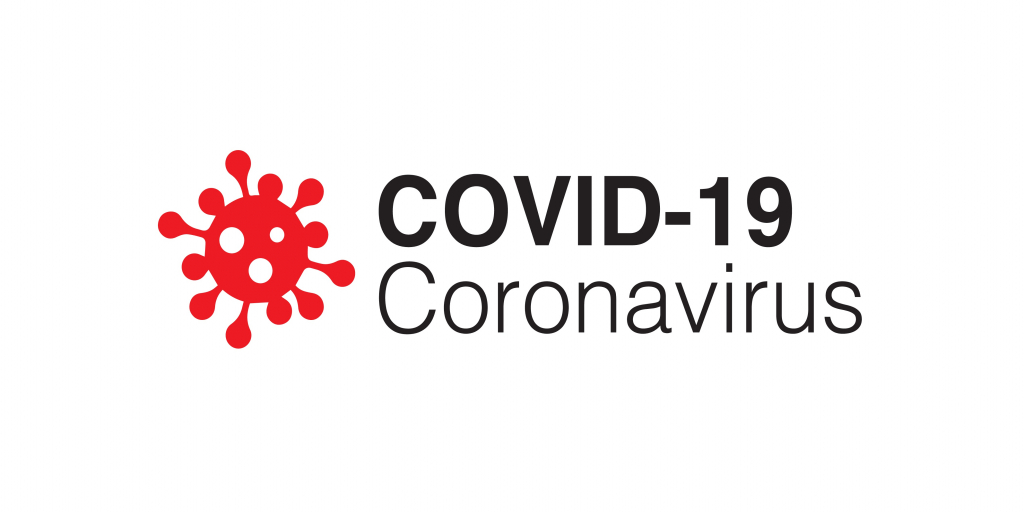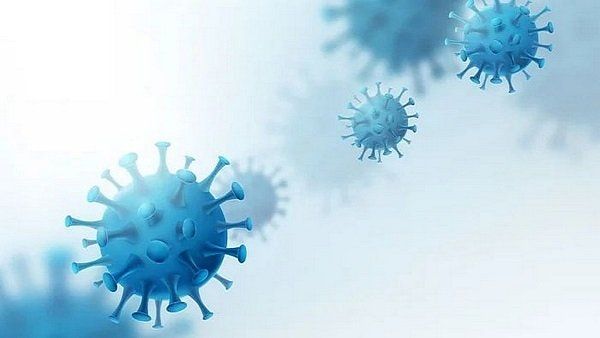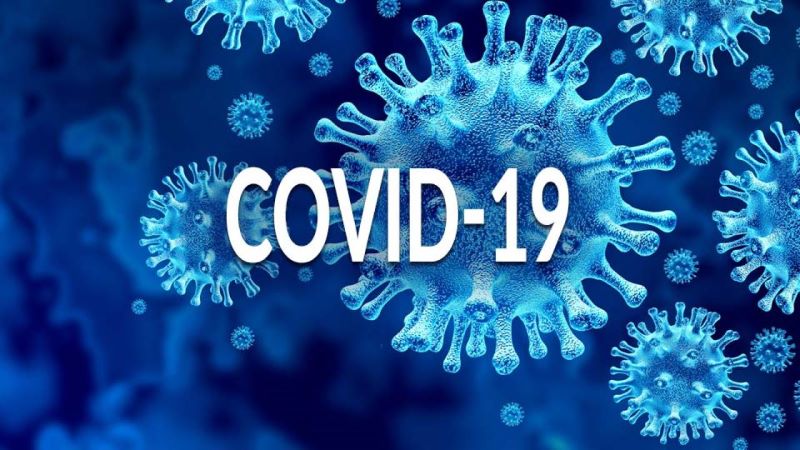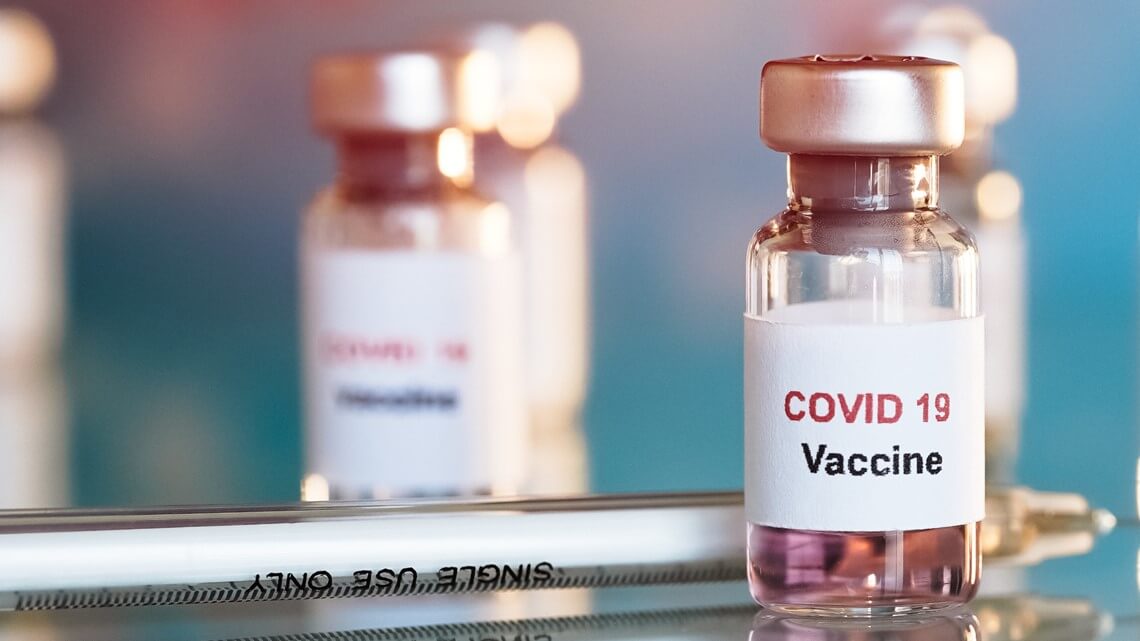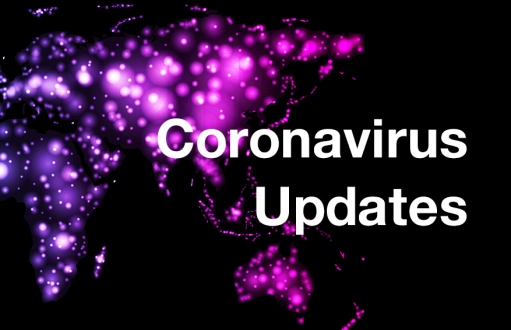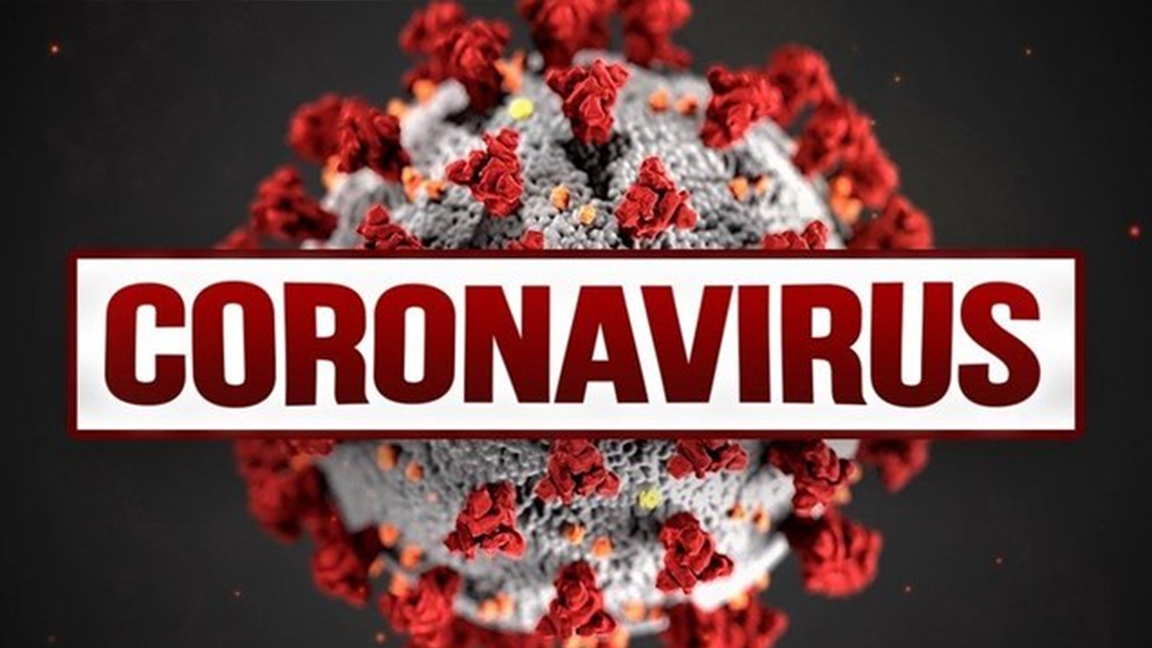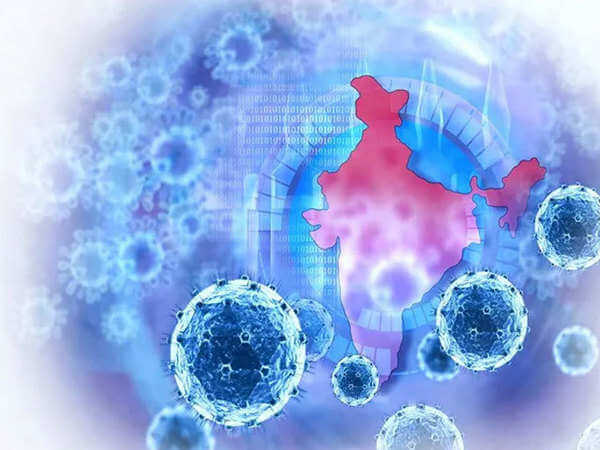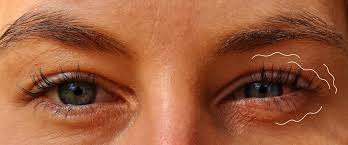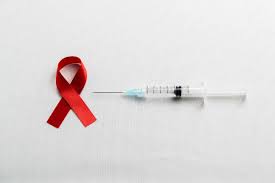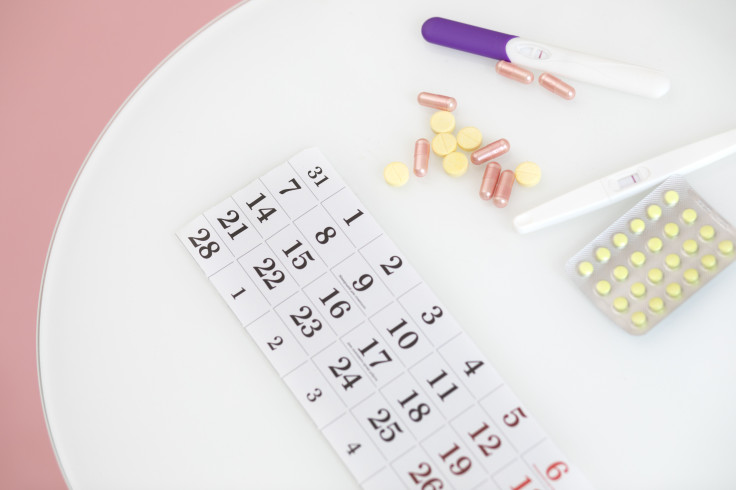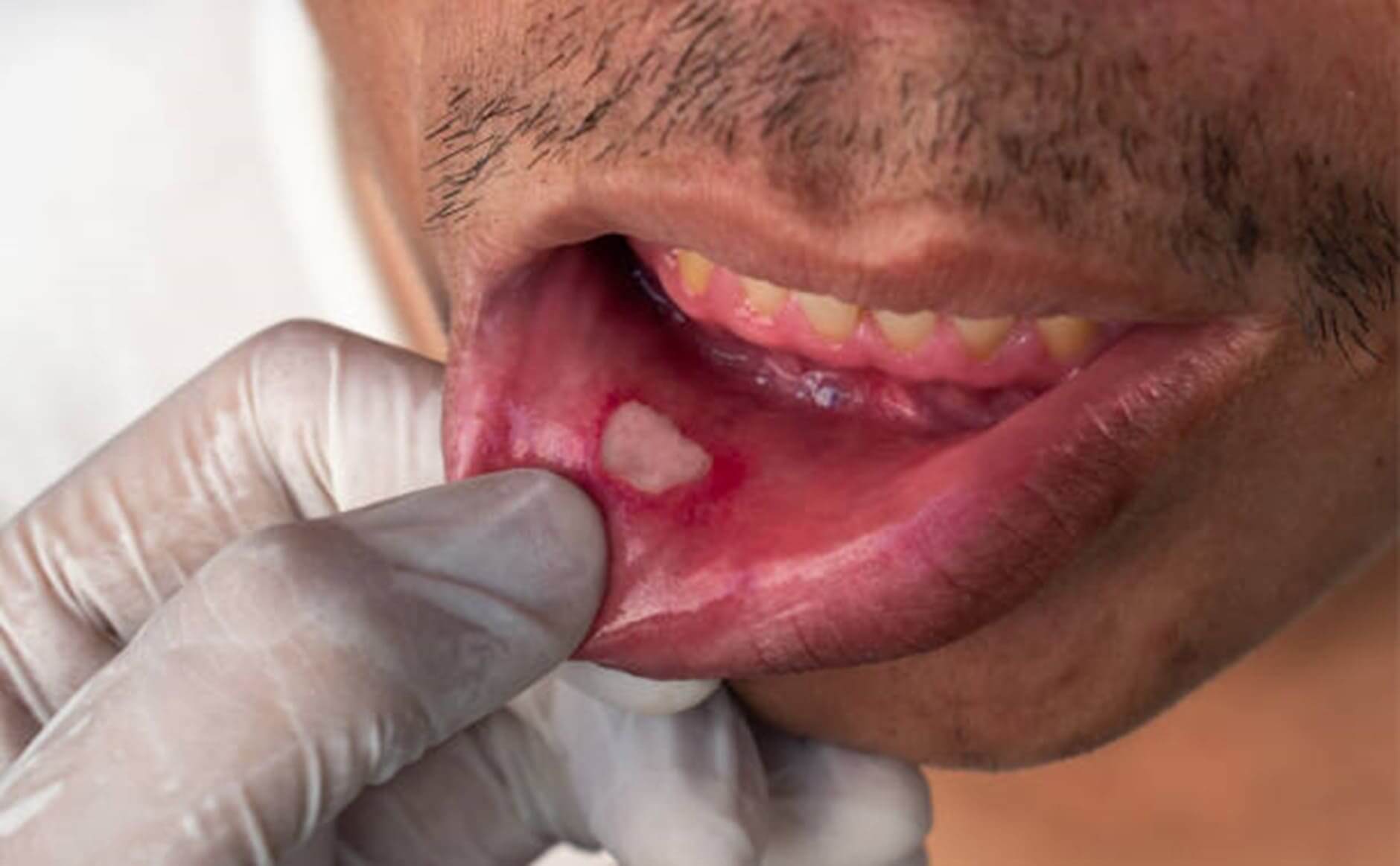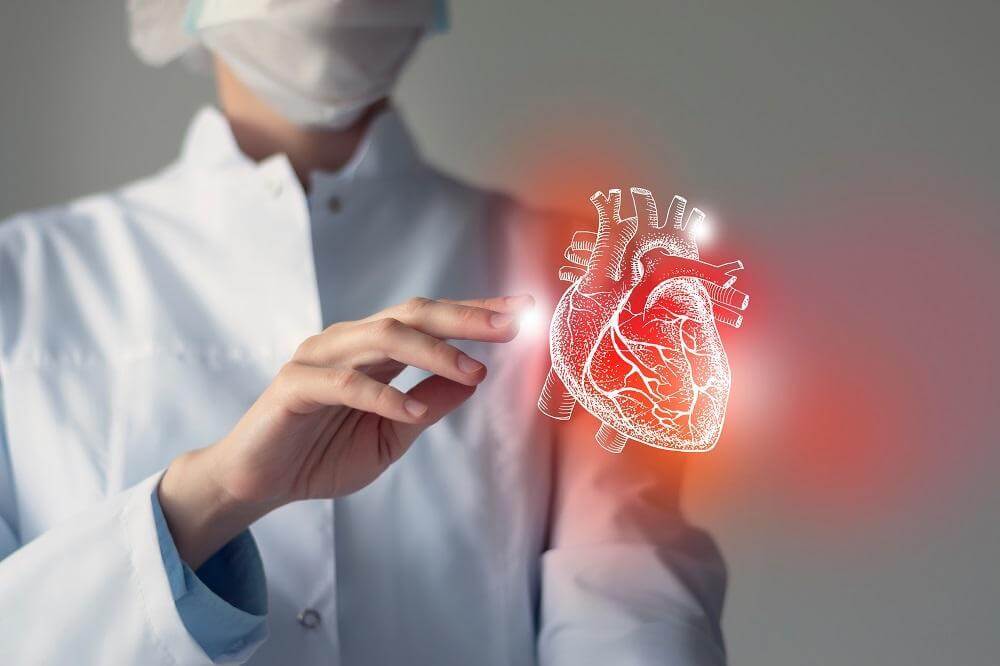Study reveals COVID-19 patients may be most contagious 1-2 days before symptoms appear
Sat 18 Apr 2020, 00:05:12
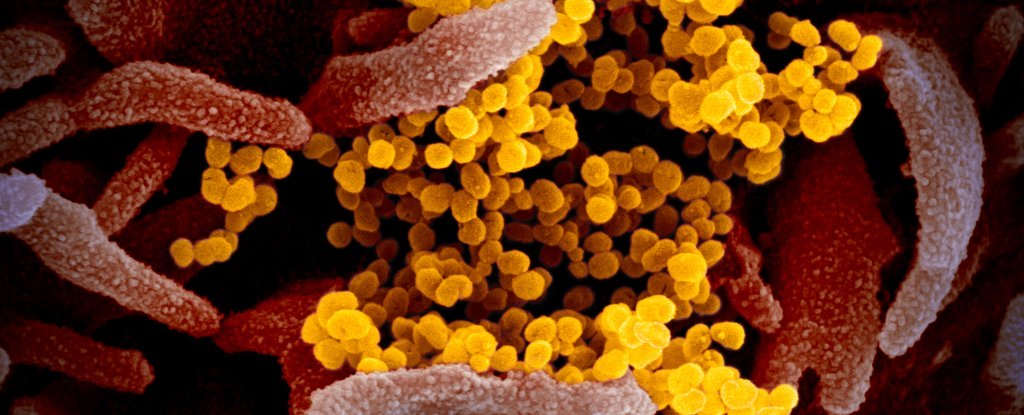
COVID-19 patients may be most infectious in the days before they began showing symptoms, a new study from researchers in China found.
Researchers examined "viral shedding" in 94 patients with COVID-19 admitted to Guangzhou Eighth People’s Hospital, according to small study published Wednesday in the peer-reviewed journal "Nature."
Scientists took throat swabs from the patients and found that viral loads were highest when symptoms began and gradually decreased towards the detection limit at about day 21. This finding is consistent with other small studies done at two hospitals in Hong Kong and with patients in Zhuhai, Guangdong, China.
The study also modeled COVID-19's infectiousness from a separate sample of 77 pairs of people in which one had infected the other with coronavirus.
Using pairs obtained from publicly available sources within and outside mainland China, researchers estimated that 44% of the transmissions occurred during the index patient's presymptomatic stage, "in settings with substantial household clustering, active case finding and quarantine outside the home."
They were then able to infer that infectiousness started 2.3 days and peaked 0.7 days before symptoms appeared. Infectiousness was estimated to decline quickly within a week.
"Our analysis suggests that viral shedding may begin 2 to 3 days before the appearance of the first symptoms,"
researchers wrote. "More inclusive criteria for contact tracing to capture potential transmission events 2 to 3 days before symptom onset should be urgently considered for effective control of the outbreak."
researchers wrote. "More inclusive criteria for contact tracing to capture potential transmission events 2 to 3 days before symptom onset should be urgently considered for effective control of the outbreak."
These findings align with previous guidance from the World Health Organization which found infected people can be contagious and test positive 1 to 3 days before they develop symptoms. Presymptomatic transmission was seen in several cases in Singapore.
Tara Smith, a professor of epidemiology at Kent State University who was not involved in the study, said the research confirms both previous findings of presymptomatic transmission and that infected people seem to have a high viral load right around the time they began showing symptoms.
"That seems to be when they are maximally infectious," Smith said.
Presymptomatic transmission is also seen in viruses like influenza and measles, Smith said, but is not seen with other coronaviruses like SARS and MERS.
Smith said more testing needs to be done to determine the role presymptomatic and asymptomatic transmission is playing in the current pandemic. She said these findings emphasize how important it is to keep social distancing measures in place to prevent those kinds of transmission.
"That's why its important to avoid people as much as possible, to wash your hands, to wear masks," she said. "To prevent you from spreading the virus."
No Comments For This Post, Be first to write a Comment.
Most viewed from Coronavirus Updates
Most viewed from Health
AIMIM News
Delhi Assembly polls: Owaisi leads Padyatra in Okhla
Feb 01, 2025
We reject this Waqf Amendment Bill: Asaduddin Owaisi
Jan 30, 2025
Latest Urdu News
Most Viewed
May 26, 2020
Which team will win the ICC Men's Champions Trophy 2025 held in Pakistan/Dubai?
Latest Videos View All
Like Us
Home
About Us
Advertise With Us
All Polls
Epaper Archives
Privacy Policy
Contact Us
Download Etemaad App
© 2025 Etemaad Daily News, All Rights Reserved.

